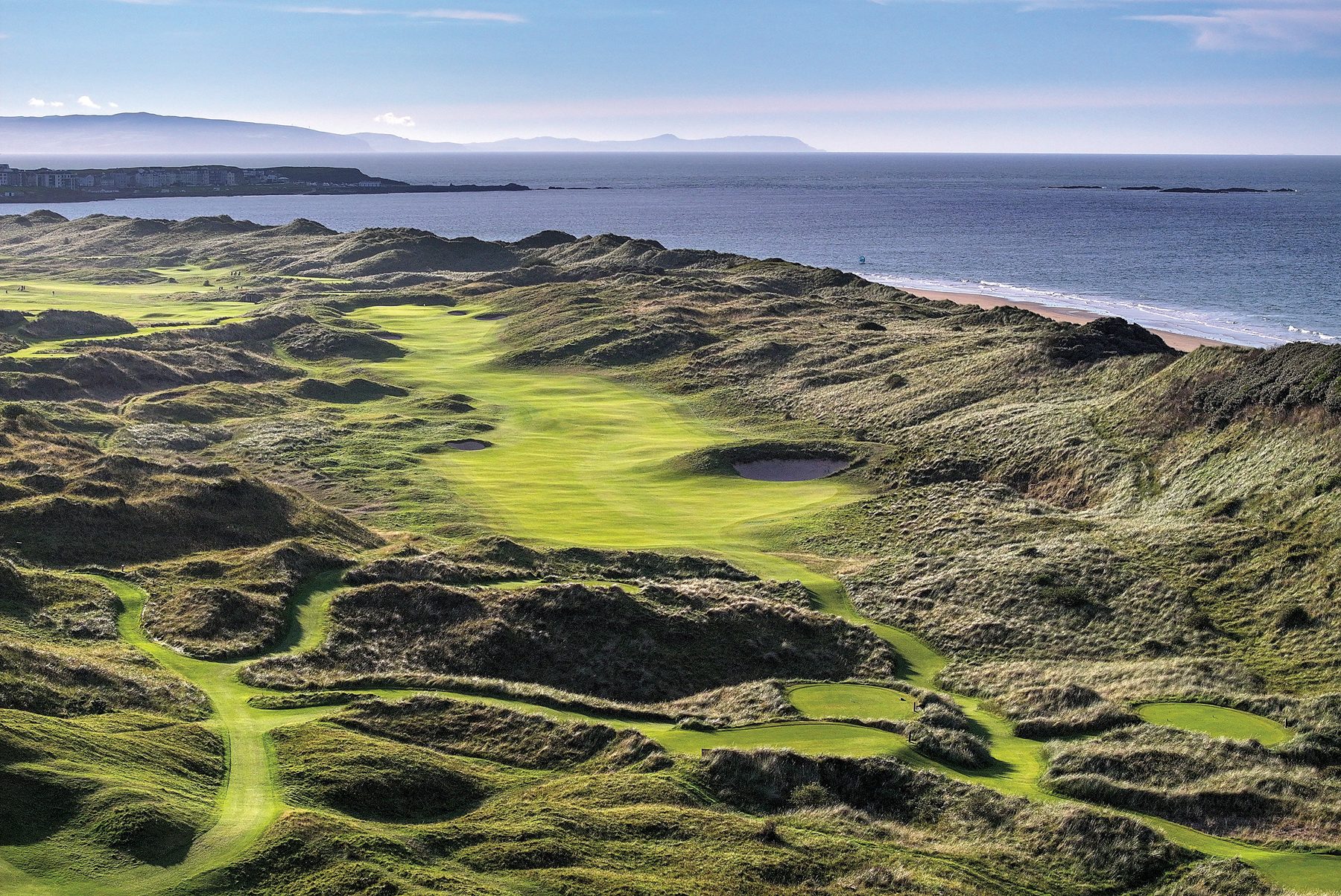
For a concentrated cluster of vintage links golf, you can’t beat the Lancashire trio of Royal Birkdale, Hillside and Southport and Ainsdale, which lie side by side… by side.
Sir Nick Faldo—the last Englishman to win The Open three times (Muirfield 1987, St Andrews 1990, Muirfield 1992)—has played virtually all the great British links courses at one time or another, and on contemplating The Open’s return to Royal Birkdale this July, Faldo goes as far as to say: “For true links, the trio of Birkdale, Hillside and Southport and Ainsdale would be tough to beat. There are great runs of courses down in Melbourne, Australia, in the Sandbelt, but for true links, those three are pretty darned good.”
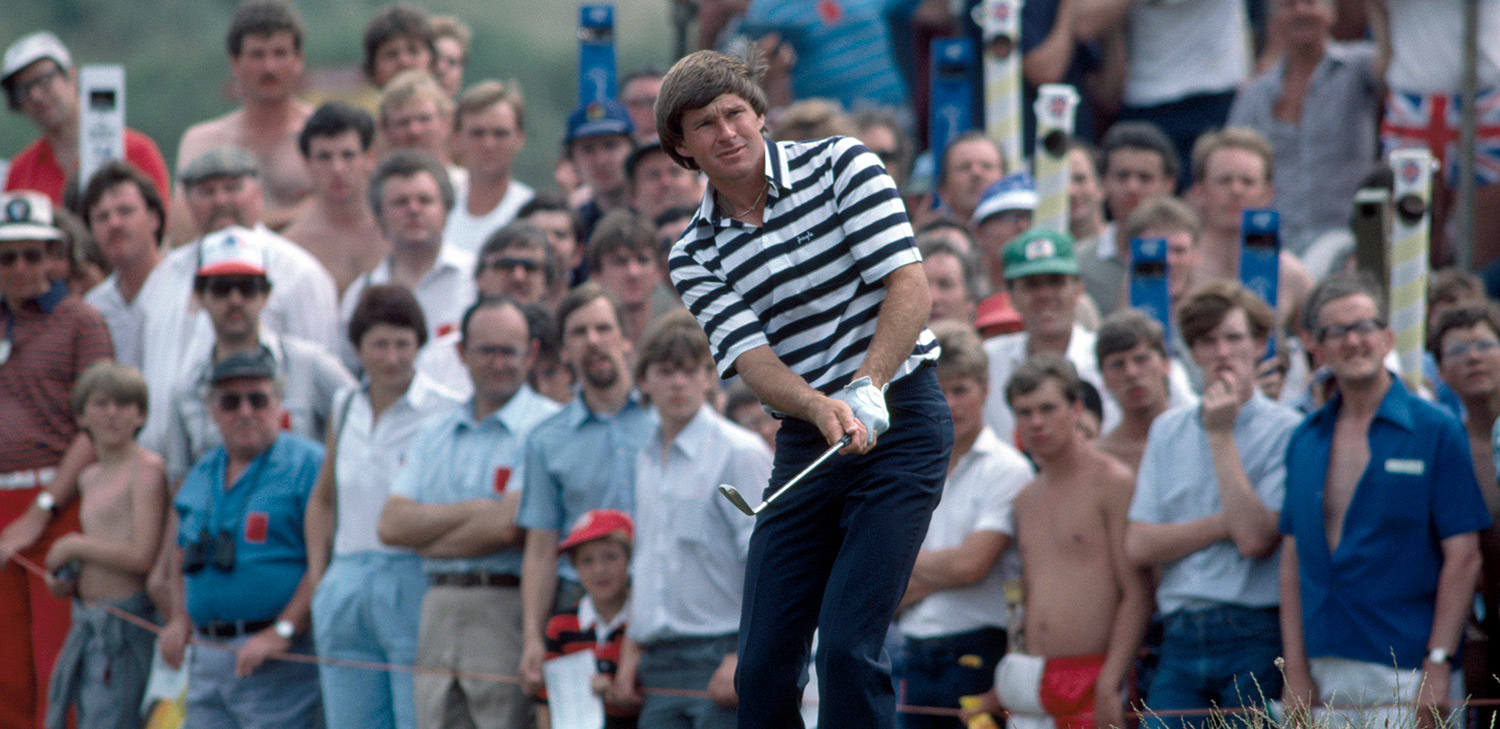
And even better, the three courses are literally next door to each other. Just ragged, weatherworn picket fencing separates Birkdale and Hillside, while a railway line runs between Hillside and Southport and Ainsdale. The three courses are all part of the UK’s largest dune system—the Sefton Dunes—which rise and dip over an 800-acre expanse of Lancashire coastline, flattening out into a broad swathe of golden beaches to the west, and into the Irish Sea.
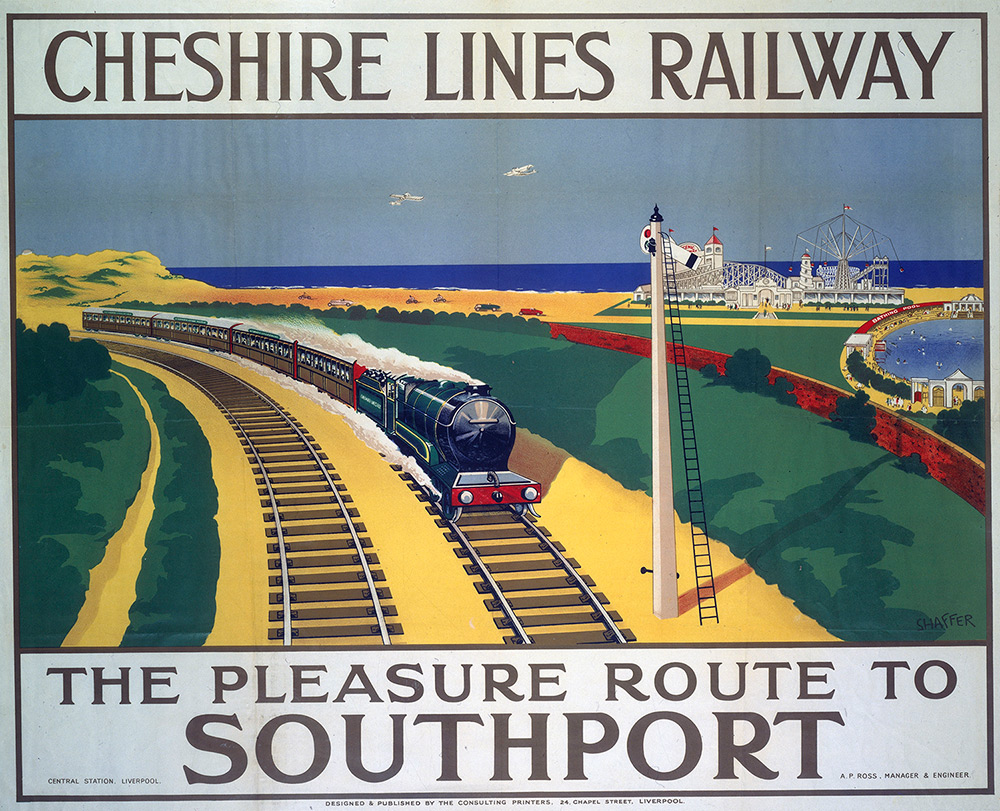
From north to south, the top of the dune system is at the southern reaches of Southport, and that is where the golf starts, at Royal Birkdale. Hillside is across the fence, to the southeast, with Southport and Ainsdale down again, in the same southeasterly direction and slightly further away from the shore. Heading two miles south from “S&A,” keeping the sea on the right, delivers golfers to the gates of Formby Golf Club. Formby Point represents the southern reaches of the Sefton Dunes, after which they settle as the coastline turns south-east towards the Liverpool Docks and another truly classic links challenge at West Lancs, which in fact is older than all its northerly neighbors, dating back to 1873.

It is little wonder the regional tourism office brands this “England’s Golf Coast.”
Within the Sefton Dunes, Birkdale came first, with its earliest nine holes laid out in 1889. The entire course covers approximately five percent of the dune system, but even within Birkdale’s boundaries, 80 percent of the land lies between the golf holes and is left to its own devices, at nature’s will. Herein lies the secret to the singular beauty of Birkdale: so much magnificent duneland yet only 18 holes of golf winding through the broader dune valleys.
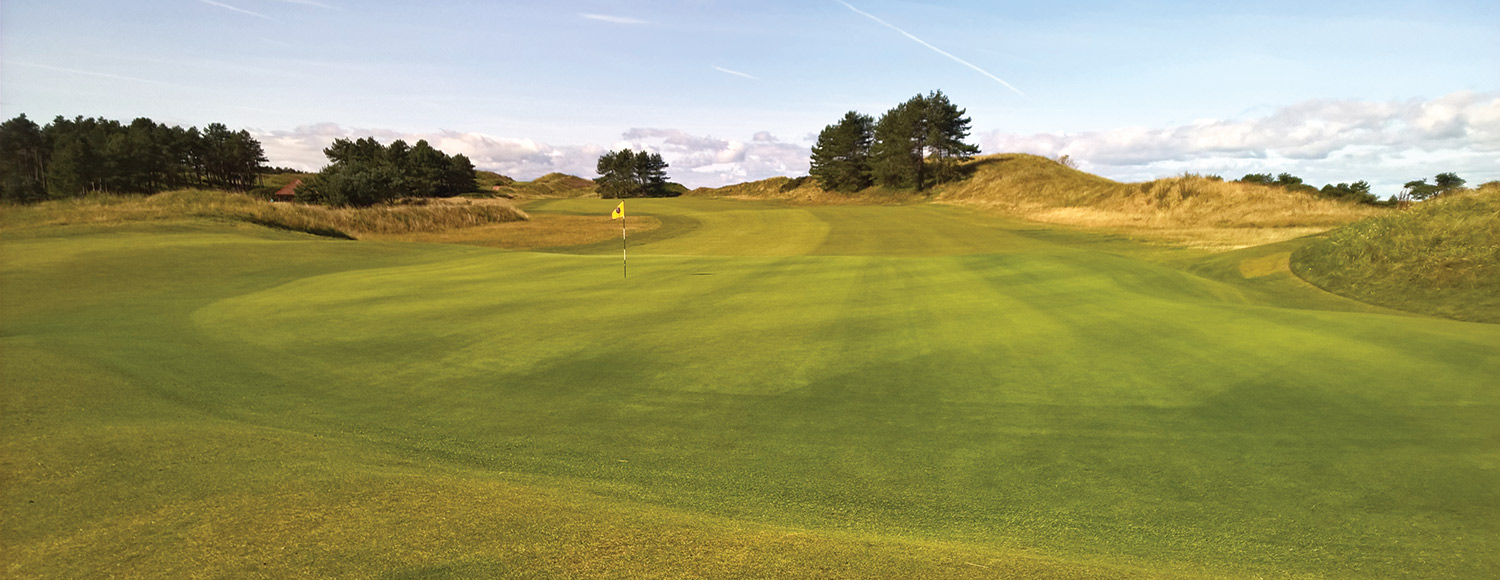
“Perhaps the greatest feature of Royal Birkdale’s golf course is that the dunes shape every hole into a self-contained golfing proposition, each one completely separate from the next,” says Jonathan Seal, a long-standing Birkdale member, past captain and chairman of the club’s championship committee for The Open in 2017. “Every hole is very different and each one follows a path that is dictated by the dunes. That is a huge part of the visual majesty of this golf course.”
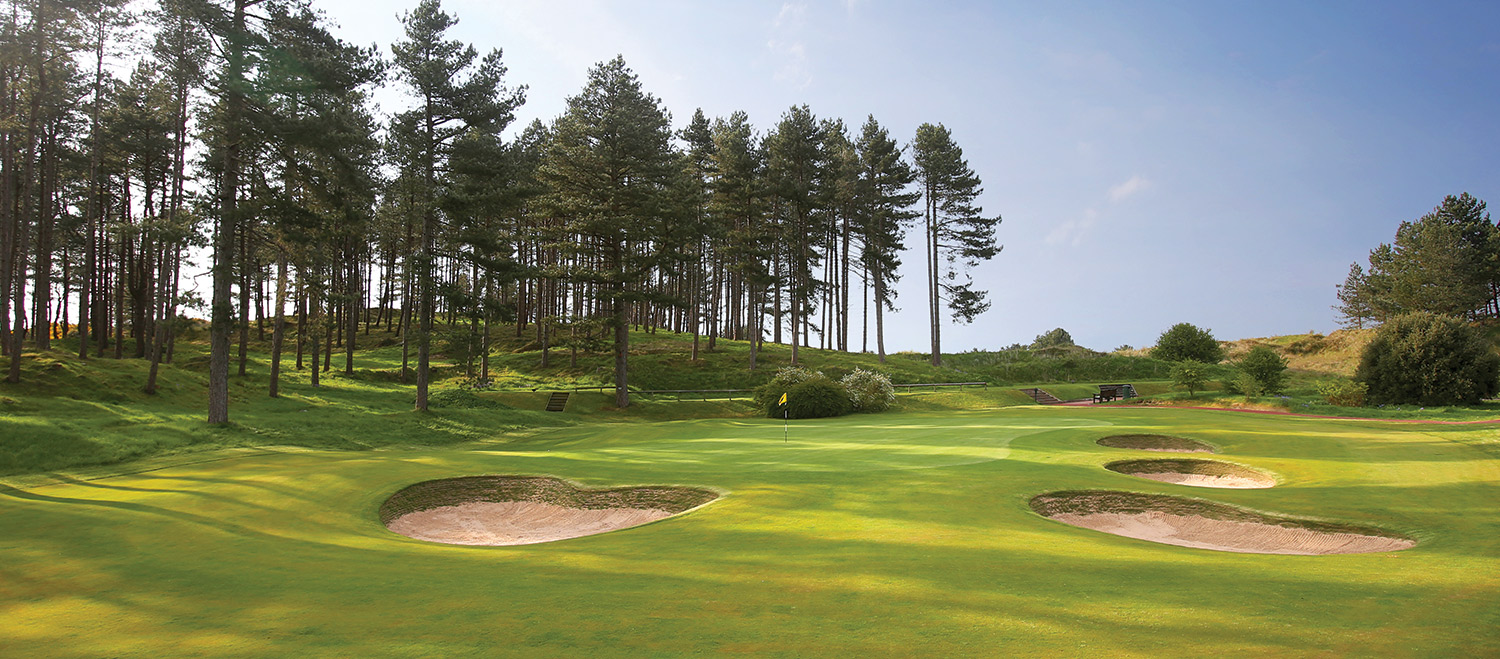
Intertwined with the golf holes at Birkdale is one of the UK’s most important nature reserves. The area is hugely popular with a variety of wading birds including the grey heron, and is home to a number of rare animals such as the red squirrel, natterjack toad, great crested newt, sand lizard, a host of dragonflies and even a rare breed of orchid, the marsh helleborine.
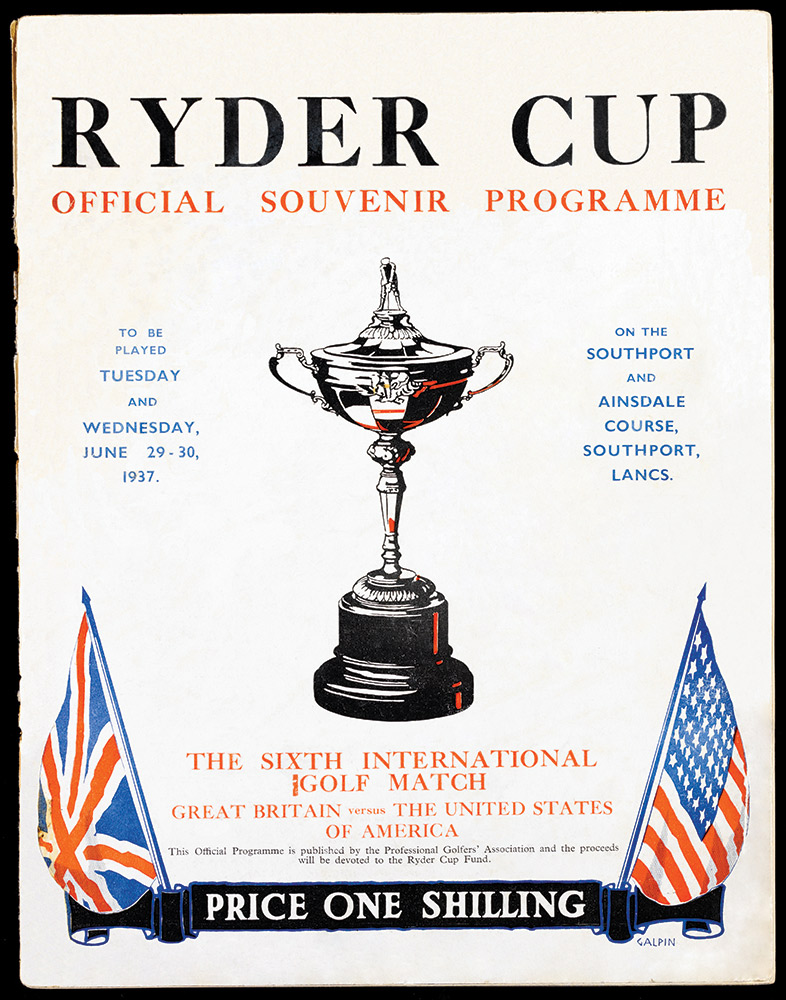
The majesty of Birkdale is matched, step for step, by the back nine at Hillside. Having played there in the European Tour’s 1982 PGA Championship, Greg Norman wrote to the club and famously said: “The back nine holes are the best in Britain.”
The front nine at Hillside serves as a gentler introduction to what follows, although the short par-3 seventh is a particular highlight of its flatter first half. While the club was established in 1911, its seminal moment came in 1967 with the purchase of the duneland that borders Birkdale, and which is now home to the renowned back nine. Noted links specialist Fred W. Hawtree was hired to re-route the course and he brought the right pedigree to the job, as it was his father—Fred G. Hawtree—who laid out the Birkdale course as we know it today in the 1920s, in collaboration with five-time Open champ, JH Taylor. (The third generation Hawtree, Martin, is responsible for the recent, highly acclaimed renovation of Turnberry’s Ailsa course.)
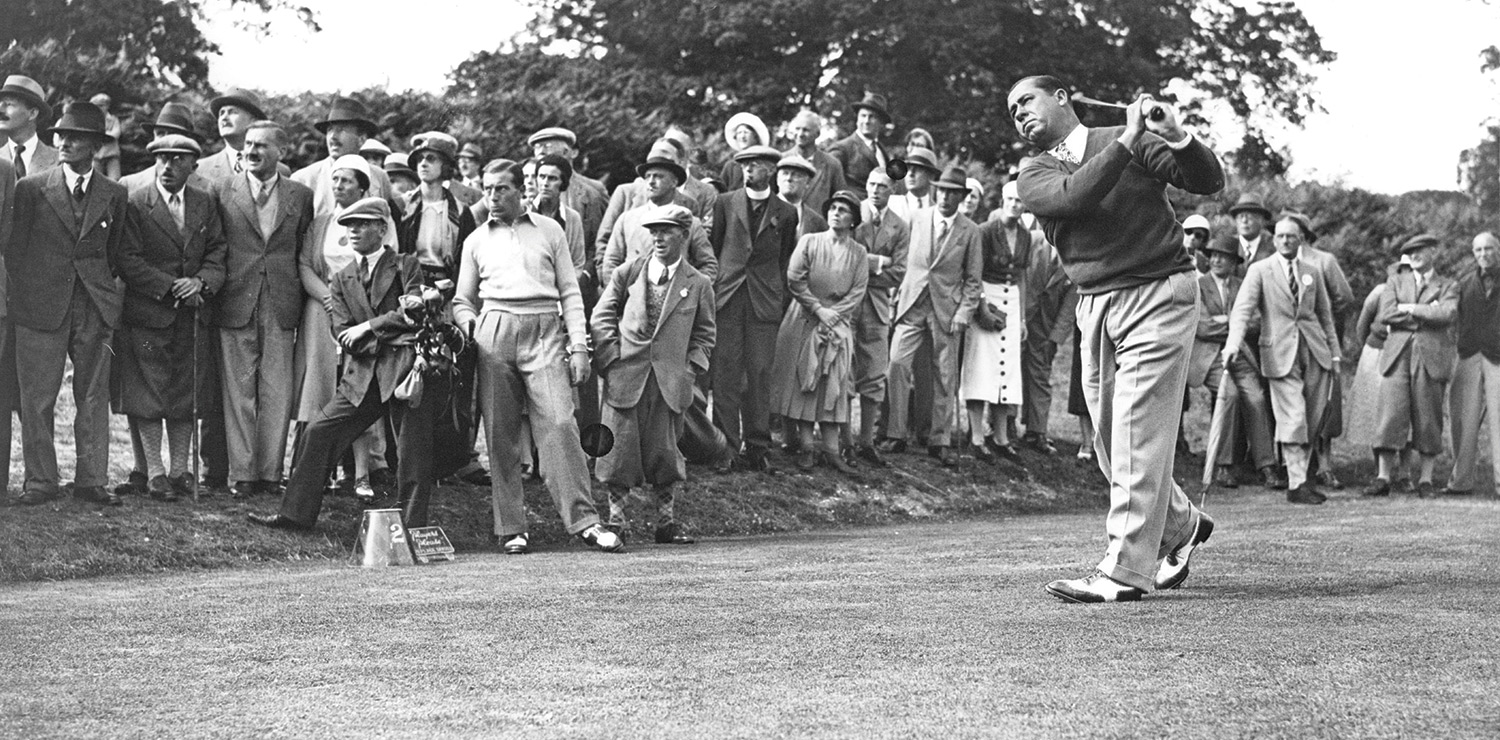
Hillside is a contender to be the finest links in the UK not to have held the Open, although it is regularly used as a qualifying course and has staged the [British] Amateur Championship twice, in 1979 and 2011.

Southport and Ainsdale Golf Club, or “S&A” as it is commonly known, is the southernmost of the Sefton Dunes’ great triumvirate. Like Hillside, it has never hosted the Open so it does not carry the same kudos as Birkdale, but as the venue for the fourth Ryder Cup in 1933 and the sixth edition in 1937, S&A is a treasure trove of history in its own right.
Scotsman James Braid—the first golfer to win the Open five times—laid out the S&A links in 1925 and immediate acclaim was confirmed when the course staged the Ryder Cup just eight years later. The Great Britain and Ireland team—as it was at the time—leveled the series versus the United States at 2-2 with victory in 1933, before Walter Hagen returned to lead the visitors to their first Ryder Cup win in the UK in 1937. It would be 20 years before GB&I would win back the cup.
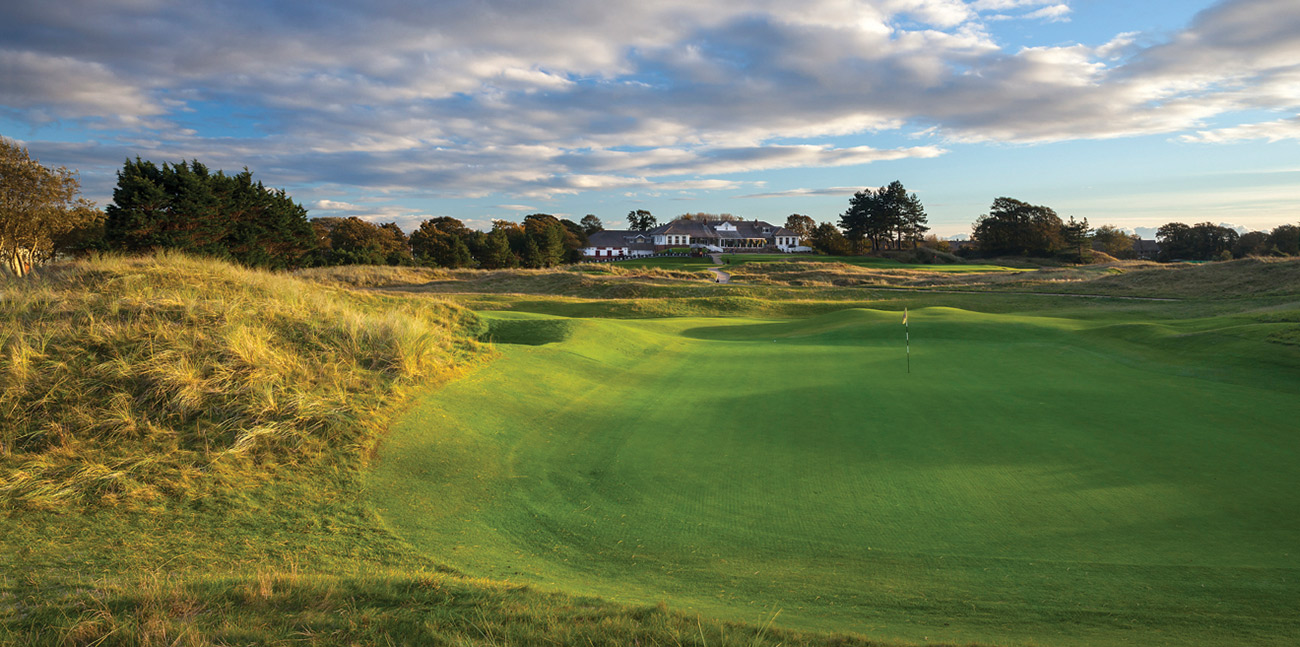
The most famous hole at S&A is its mighty 16th—also known as “Gumbleys” after one of the club’s founding members. The outstanding feature of this hole is what must be negotiated with the second shot, as a band of rugged sandhills and mounds cuts right across the fairway, in the middle of which lies a bank of railway sleepers above two bunkers. The sleeper-armored sandhills rise up over 20 feet, rendering the second shot blind, and a mishit shot played into the sleepers is a dispiriting experience to be avoided.
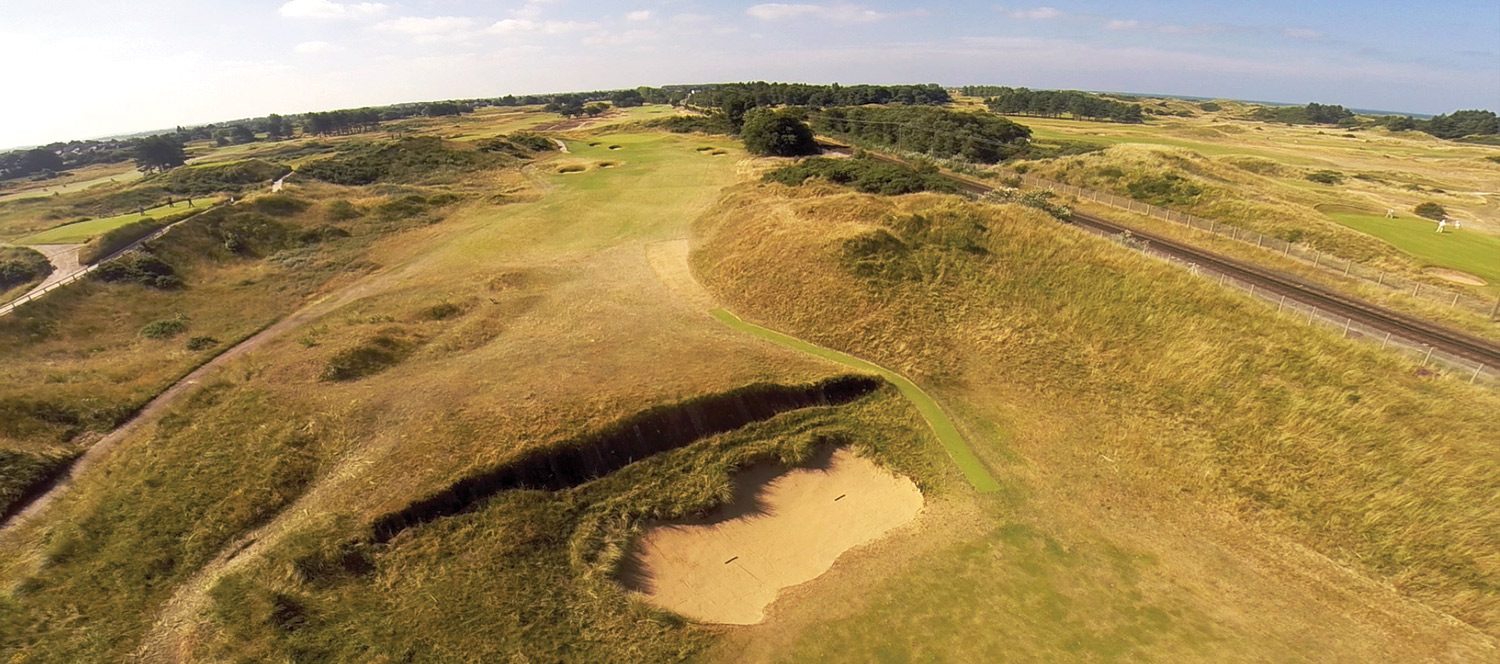
Knitting together the great links of this Lancashire coastline is the Merseyrail line between Southport and Liverpool. After a southbound departure from Hillside station, Hillside GC appears on the right almost immediately, with Birkdale visible over the dunes. S&A looms to the left of the line, even before the train rolls into Ainsdale station, and then Formby GC appears to the immediate right on the approach to Formby station. Hall Road station then comes just after West Lancs GC, also banking up to the line from the right, between the railway and the sea. The entire journey time from Hillside to Hall Road? All of 16 minutes, including stops.
Follow Us On


| Cookie | Duration | Description |
|---|---|---|
| cookielawinfo-checkbox-analytics | 11 months | This cookie is set by GDPR Cookie Consent plugin. The cookie is used to store the user consent for the cookies in the category "Analytics". |
| cookielawinfo-checkbox-functional | 11 months | The cookie is set by GDPR cookie consent to record the user consent for the cookies in the category "Functional". |
| cookielawinfo-checkbox-necessary | 11 months | This cookie is set by GDPR Cookie Consent plugin. The cookies is used to store the user consent for the cookies in the category "Necessary". |
| cookielawinfo-checkbox-others | 11 months | This cookie is set by GDPR Cookie Consent plugin. The cookie is used to store the user consent for the cookies in the category "Other. |
| cookielawinfo-checkbox-performance | 11 months | This cookie is set by GDPR Cookie Consent plugin. The cookie is used to store the user consent for the cookies in the category "Performance". |
| viewed_cookie_policy | 11 months | The cookie is set by the GDPR Cookie Consent plugin and is used to store whether or not user has consented to the use of cookies. It does not store any personal data. |